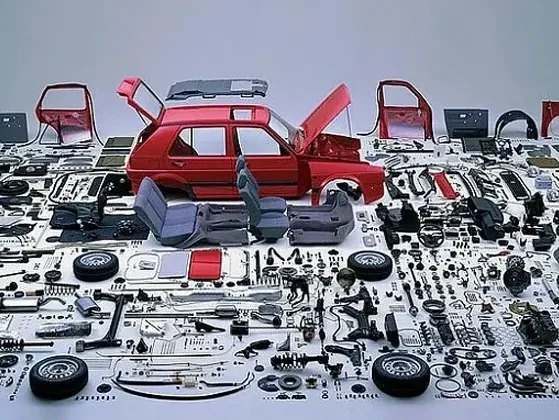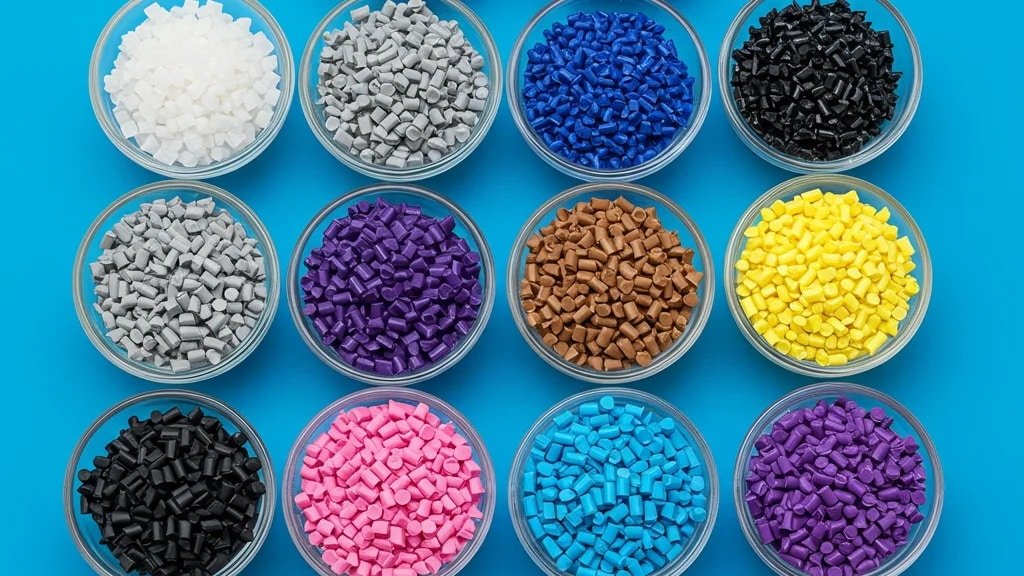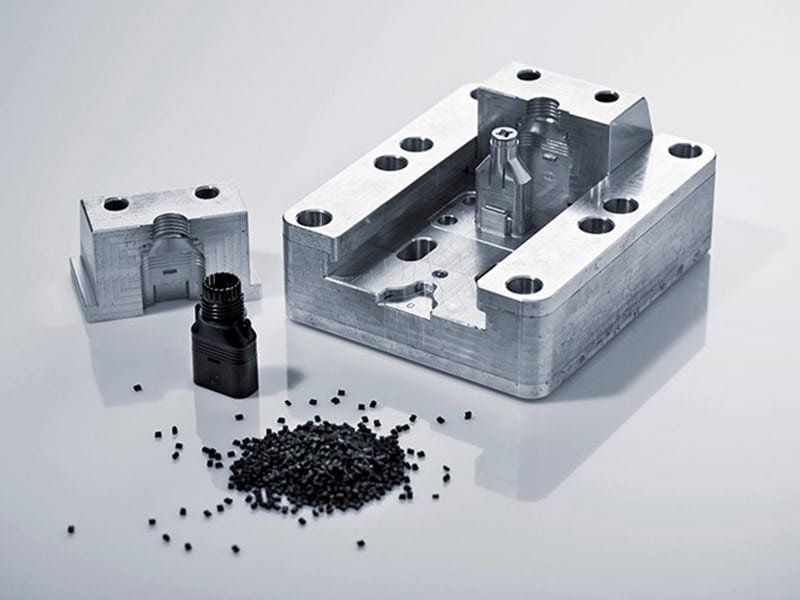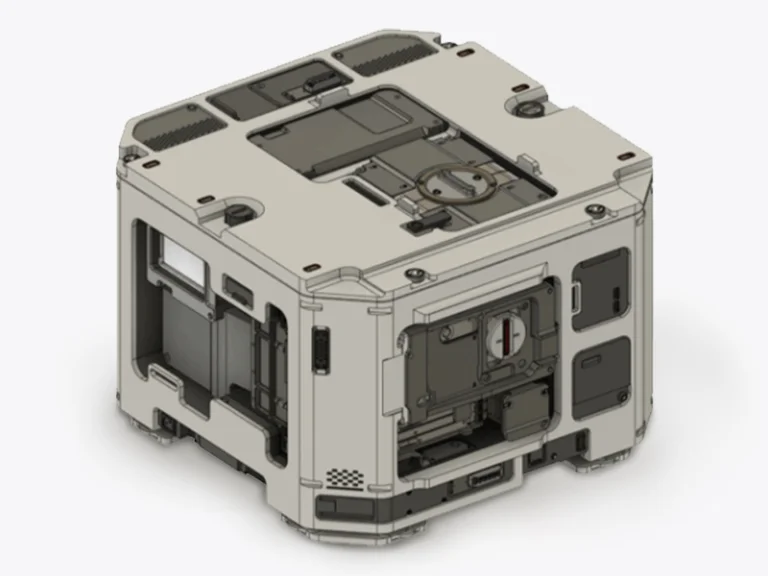The evolution of vehicle manufacturing has been closely tied to the development of advanced materials and scalable production techniques. Among them, automotive injection molding stands out as a cornerstone process—combining speed, precision, and material efficiency. As automotive designs push for greater complexity, safety, and sustainability, plastic injection molding continues to shape the future of vehicle components, both inside and out.
From structural brackets to sleek interior trims and car bumper injection moulding, this method plays a pivotal role in achieving lightweight performance without compromising durability. In this article, we explore the full scope of automotive plastic injection molding, its applications, benefits, material options, and where the industry is heading next.

What Is Automotive Injection Molding?
Auto injection molding refers to the process of shaping plastic materials into automotive parts using high-pressure injection into precisely designed molds. This technique is a variant of traditional injection molding but is adapted for the demanding standards of the automotive sector. Compared to other plastic forming techniques, injection molding offers unmatched consistency and speed.
The Automotive Injection Molding Process
The auto injection molding process is a highly controlled, multi-step procedure that ensures precision and consistency in car plastic molding. The key steps include:
- Material Selection and Preparation: Thermoplastics like polypropylene (PP), acrylonitrile butadiene styrene (ABS), or polycarbonate (PC) are chosen based on the part’s requirements, such as those used in car bumper injection moulding. The material is dried to remove moisture and fed into the molding machine’s hopper.
- Melting and Injection: The plastic pellets are heated in a barrel until molten, then injected under high pressure into a mold cavity designed to the exact specifications of the part, a critical step in automotive plastic injection molding.
- Cooling and Solidification: The molten plastic cools and solidifies within the mold, taking on its final shape. Cooling time varies depending on the material and part complexity, ensuring durability for injection molding automotive parts.
- Ejection and Finishing: Once solidified, the part is ejected from the mold. Additional finishing processes, such as trimming or painting, may be applied to meet aesthetic or functional requirements, as seen in car plastic molding for exterior components.
Key Applications of Automotive Injection Moulding
Automotive manufacturers rely heavily on injection molding for a wide range of components, both aesthetic and functional. Key applications include:
Interior Components
Parts like dashboard assemblies, instrument panels, air vents, and center consoles benefit from the precision and surface finish achievable through automotive parts molding. These parts require attention to tactile quality, UV resistance, and thermal stability.
Exterior Components
From car plastic molding for mirror housings and grilles to car bumper injection moulding, plastic components on the vehicle’s exterior must resist impact, weather, and sun exposure while maintaining visual appeal.
Under-the-Hood Applications
Engine covers, battery housings, fluid reservoirs, and air intake systems demand materials that can withstand heat, vibration, and chemical exposure. Injection molding automotive parts allows for lightweight yet strong solutions in the engine compartment.
Structural and Functional Parts
Reinforced plastic parts are replacing metal in seat frames, pedal modules, brackets, and battery casings. This shift helps reduce overall vehicle weight while preserving mechanical strength.
Safety-Critical Components
Sensor housings, airbag module frames, and ABS enclosures require precise engineering and stable performance under extreme conditions. Injection moulding automotive parts allows manufacturers to meet strict regulatory and safety requirements.

Common Materials Used in Automotive Injection Molding
The choice of material is critical to performance. Each material is chosen based on a balance of cost, mechanical properties, temperature tolerance, and chemical resistance. Some of the most common polymers used in automotive plastic molding include:
Thermoplastics
- Polypropylene (PP) is lightweight and resistant to chemicals and fatigue. It’s often used for interior trims, battery housings, and bumper components.
- ABS (Acrylonitrile Butadiene Styrene) combines strength and surface quality. It’s widely used for dashboard panels and other interior parts.
- Polyamide (Nylon, PA) is strong and heat-resistant. It’s ideal for engine parts like intake manifolds and valve covers, especially when reinforced with glass fiber.
- Polycarbonate (PC) is clear and impact-resistant. It’s used in headlamp lenses and sunroof components.
- PMMA (Polymethyl Methacrylate) offers high transparency and UV resistance. It’s used in lighting covers, display panels, and decorative trims.
- PVC (Polyvinyl Chloride) is durable and flexible. It’s commonly used in door seals, cable insulation, and soft interior trims.
Elastomers
- TPE/TPU: Soft-touch materials used in seals, gaskets, and vibration damping components.
Reinforced Plastics
- Glass-fiber filled PP or PA: Enhances stiffness and impact resistance in structural parts and mounts.

Design Considerations for Automotive Plastic Parts
Efficient injection molding automotive parts design involves more than just geometry. It requires deep collaboration between design engineers and automotive injection molding suppliers during the early stages of product development.
Design for Manufacturability (DFM)
DFM analysis ensures that the part design aligns with moldability, ejection feasibility, and cooling considerations. This reduces trial iterations and tooling rework.
Tooling Strategies
High-precision molds may include hot runners, multiple cavities, or family tools depending on volume and part complexity. Selection impacts both cost and cycle time.
Advanced Molding Techniques
- Overmolding: Allows different materials or colors in a single part, such as rubber grips on handles.
- Insert Molding: Embeds metal parts like threaded inserts or electronic components during molding.
Tolerancing and Warpage Control
Achieving tight tolerances requires careful attention to rib-to-wall ratios, draft angles, and cooling uniformity to minimize shrinkage and warping.
Advantages of Injection Molding in Automotive Manufacturing
Automotive injection molding provides a range of clear benefits that align with the technical and production needs of today’s vehicle manufacturers. From cost control to lightweighting, it supports the auto industry’s goals for efficiency, precision, and innovation.
High Production Efficiency & Scalability
Injection molding is ideal for producing large volumes of parts quickly and consistently. Once a mold is built, it can be used to make thousands or millions of identical components with minimal variation. This makes it well-suited for mass production in the automotive sector.
Cost Efficiency Over Time
Although tooling requires a high upfront investment, the cost per part becomes very low at scale. Automation technologies, like robotic part removal or in-mold labeling, help cut labor costs and improve production speed, which brings long-term savings.
Complex Geometry & Design Flexibility
Injection molding allows manufacturers to produce parts with intricate shapes and fine details that would be difficult with other methods. It also enables features like snap fits, integrated clips, or embedded components to be molded in a single operation, simplifying final assembly.
Lightweighting Potential
Using plastics instead of metals helps reduce vehicle weight, which is critical for improving fuel efficiency and electric vehicle range. With reinforced materials like glass-filled plastics, manufacturers can maintain strength while cutting weight significantly.
Consistency & Precision
Modern injection molding machines offer excellent control over every part of the process. This helps maintain tight tolerances and ensures that parts meet quality requirements for fit, sealing, and safety—especially in critical components like airbag housings or sensor covers.
NVH Management
Injection molding supports effective noise, vibration, and harshness (NVH) control, especially through the use of rubber and plastic materials that absorb rather than transmit vibration. Overmolded components, such as motor housings or interior fittings, help reduce buzz, squeak, and rattle (BSR), improving cabin comfort and perceived vehicle quality—particularly important in electric vehicles with quieter drivetrains.
Sustainability & Material Efficiency
Injection molding is increasingly eco-friendly. It minimizes waste through efficient gating systems and reuses scrap material. Many suppliers now also work with recycled or bio-based plastics to meet sustainability goals without compromising part performance.
Enhanced Aesthetics & Finishes
Parts can be molded with smooth or textured surfaces straight from the tool, avoiding extra steps like painting or coating. This is especially useful for interior trims and exterior parts that customers see and touch.
Market Trends and Industry Insights
Several emerging trends are shaping the future of automotive injection molding:
Electric Vehicle Integration
EV platforms demand new types of plastic enclosures, thermal management solutions, and non-conductive parts—boosting demand for automotive plastic injection molding expertise.
Lightweighting Imperatives
Automakers are aggressively replacing metal parts with engineered thermoplastics to meet fuel efficiency and emission targets.
Sustainability Demands
OEMs and automotive injection molding suppliers are under pressure to incorporate post-consumer recycled content and move toward circular manufacturing practices.
Digitalization and Smart Manufacturing
Process monitoring tools, AI-driven quality control, and Industry 4.0 practices are enhancing precision and reducing defects in automotive parts molding operations.
Global Supply Chain Rebalancing
Regional sourcing, reshoring initiatives, and flexible tooling solutions are gaining traction as companies seek to reduce dependency on overseas suppliers.
Challenges in Automotive Injection Molding
While automotive injection moulding offers many advantages, it also comes with technical and operational challenges that manufacturers must navigate. As vehicle designs grow more complex and the demand for quality and sustainability increases, the molding process must keep pace. Understanding these challenges is key to ensuring consistent performance, cost control, and part reliability across high-volume automotive programs.
- High Initial Costs: Designing and manufacturing precision molds for car plastic molding requires significant upfront investment, which can be a barrier for low-volume production.
- Material Selection Complexity: Choosing the right material for automotive plastic injection molding involves balancing performance, cost, and sustainability, requiring extensive testing and expertise.
- Quality Control: Maintaining consistent quality in high-volume production of injection molding automotive parts demands advanced monitoring and defect detection systems to prevent issues like warping or sink marks.
- Sustainability Pressures: The industry faces increasing pressure to adopt eco-friendly materials and processes, a challenge for automotive plastic injection molding companies striving to meet regulatory and consumer demands.
Conclusion
Automotive injection moulding has transformed vehicle manufacturing by delivering precision, efficiency, and sustainability. From car plastic molding for interior aesthetics to car bumper injection moulding for exterior durability, this process supports a wide range of applications critical to modern vehicles. Despite challenges like high initial costs and sustainability pressures, automotive injection molding companies are leveraging advanced materials and technologies to meet evolving industry needs. Jiangzhi is an experienced on-demand manufacturer with professional injeciton molding service. Welcome to collaborate with us to custom molded high quality automotive parts.


